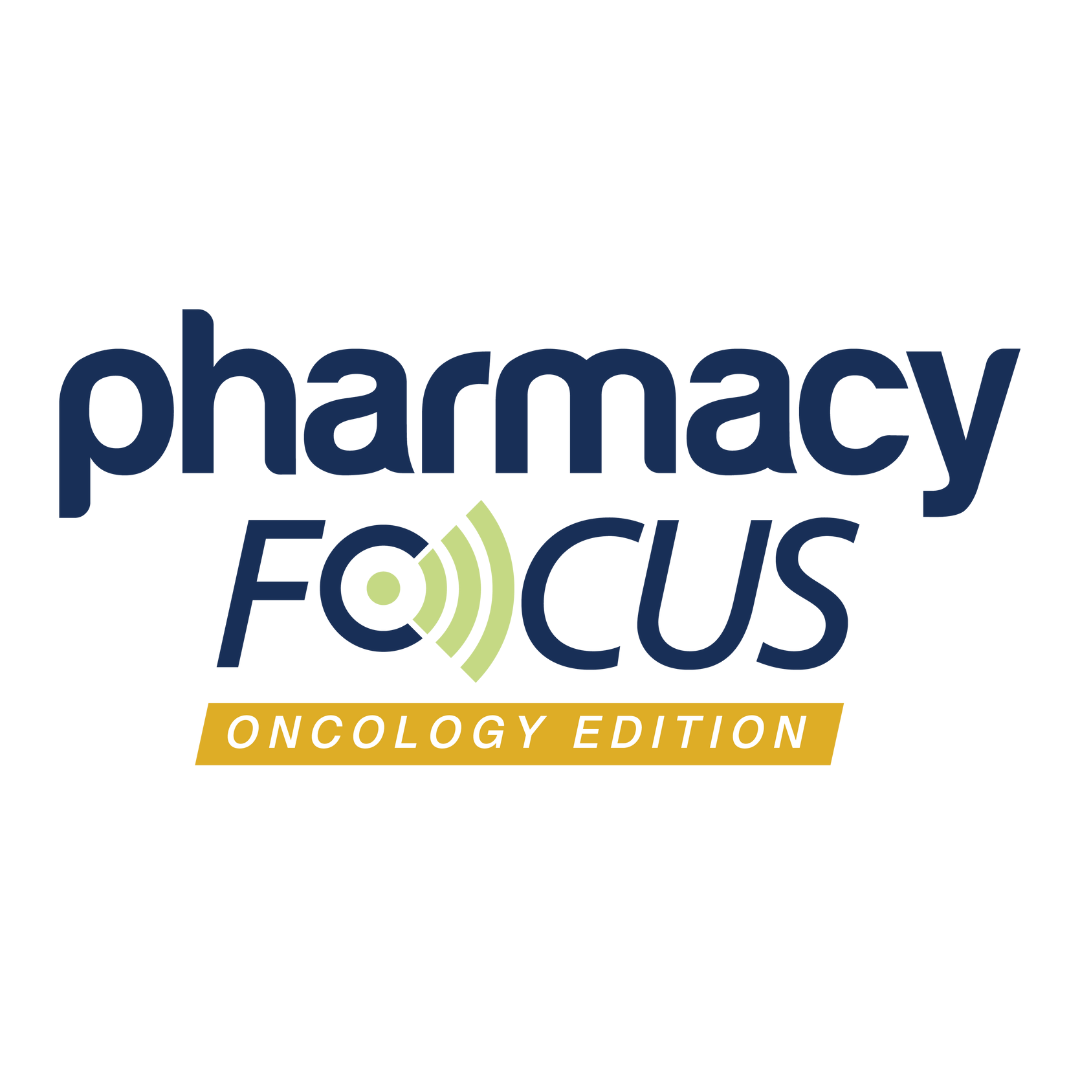Article
Early Stages of Injectable PrEP Implant Show Promise in Complete Protection Against HIV
Author(s):
The latest data indicate that the formulation can provide up to 6 months of full protection against multiple virus challenges.
Investigators from the University of North Carolina (UNC) Chapel Hill have been working with researchers at the CDC to develop an injectable implant that can release HIV pre-exposure prophylaxis (PrEP) medication into the body for a longer period of time than daily oral medication.
The latest data, published in Nature Communications, show that the formulation can provide up to 6 months of full protection.
“This is the first time we showed 100% protection against multiple virus challenges in a macaque model of PrEP over an extended period of time,” Rahima Benhabbour, PhD, MSc, an associate professor in the UNC/North Carolina State University’s Joint Department of Biomedical Engineering, said in a statement “Our goal with this technology is an once or twice-yearly injection that could be self-administered.”
Investigators have reported that daily oral PrEP is highly effective in preventing HIV infection but is most effective when taken consistently. Adherence to a daily regimen can be difficult because of a high stigma, especially in young sub-Saharan African women.
Investigators have focused on refining the injectable formulation. Their research has helped produce a formulation consistent of a solvent system, a biodegradable polymer, and the drug of interest, cabotegravir. Investigators chose cabotegravir, which is an integrase inhibitor.
When the formulation is injected, the solvent is absorbed by the environment, which leaves the biodegradable polymer and the drug. The drug is released through diffusion and degradation of the polymer, which is a key aspect of slowly releasing the drug over time while having a high concentration for full protect.
Previously, the past formulation did not achieve the drug plasma levels that the investigators wanted. It had not reached the established benchmark for antiretroviral drugs to achieve protection against seminal HIV infection in macaques, which have similar immune systems to humans.
Over the study, 6 macaques were exposed to seminal HIV weekly over several months, but none of them contracted simian HIV.
The investigators reformulated the drug, and it exceeded expectations and became the first success of a significantly low-burst release of the drug.
“The burst release was the lowest we've ever seen with any drug that was formulated in this injectable,” Benhabbour said.
“It is important to maintain a low burst release upon injection to mitigate safety concerns due to exposure to high drug levels if the burst is too high. The low burst also allows the drug to last longer in the body, provided that initial drug levels are enough to achieve protection,” Benhabbour said.
Another benefit investigators found is that the small implant can be removed if treatment needs to be stopped because of adverse events or a breakthrough infection. In the most recent study, they saw a rapid decrease of the drug’s levels in the plasma once the implant was removed.
After the dosage was proven effective, investigators created a model to determine the length of protection in humans, estimated at 5.6 months.
Investigators plan to adapt the technology for human use in clinical trials.
Reference
CDC-UNC collaboration yields potential long-term HIV protection. EurekAlert. News release. February 9, 2023. Accessed February 14, 2023. https://www.eurekalert.org/news-releases/979211
Newsletter
Stay informed on drug updates, treatment guidelines, and pharmacy practice trends—subscribe to Pharmacy Times for weekly clinical insights.






